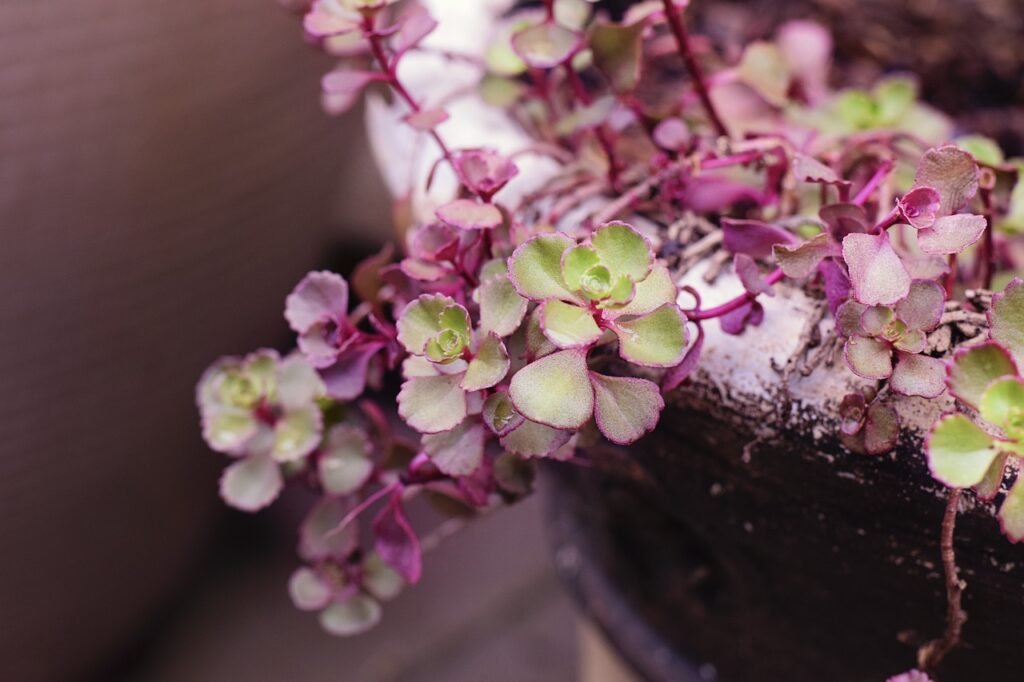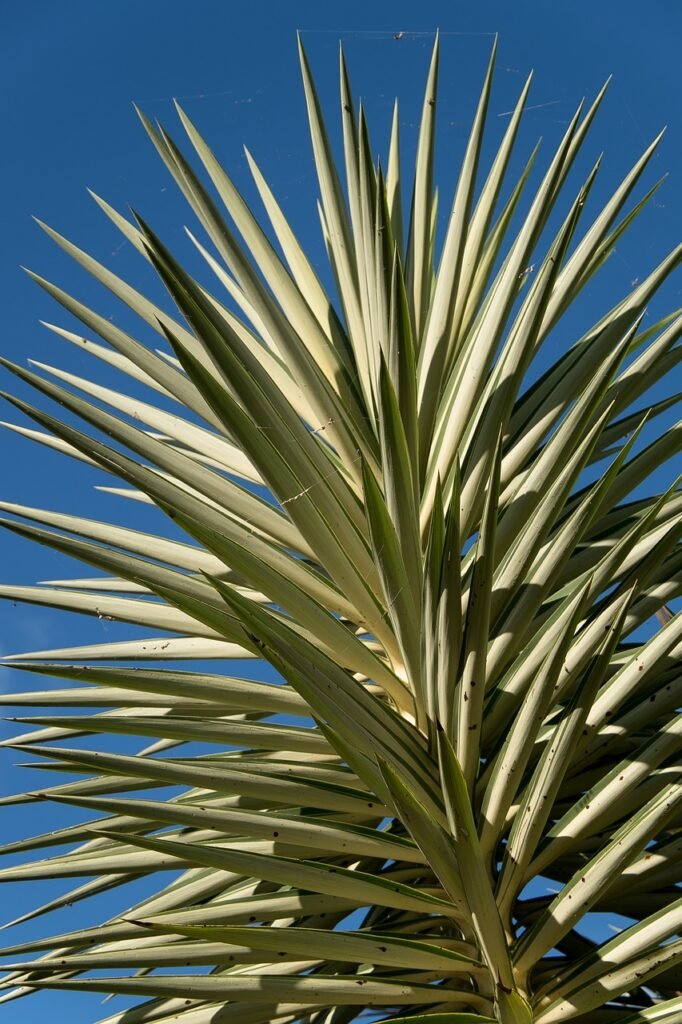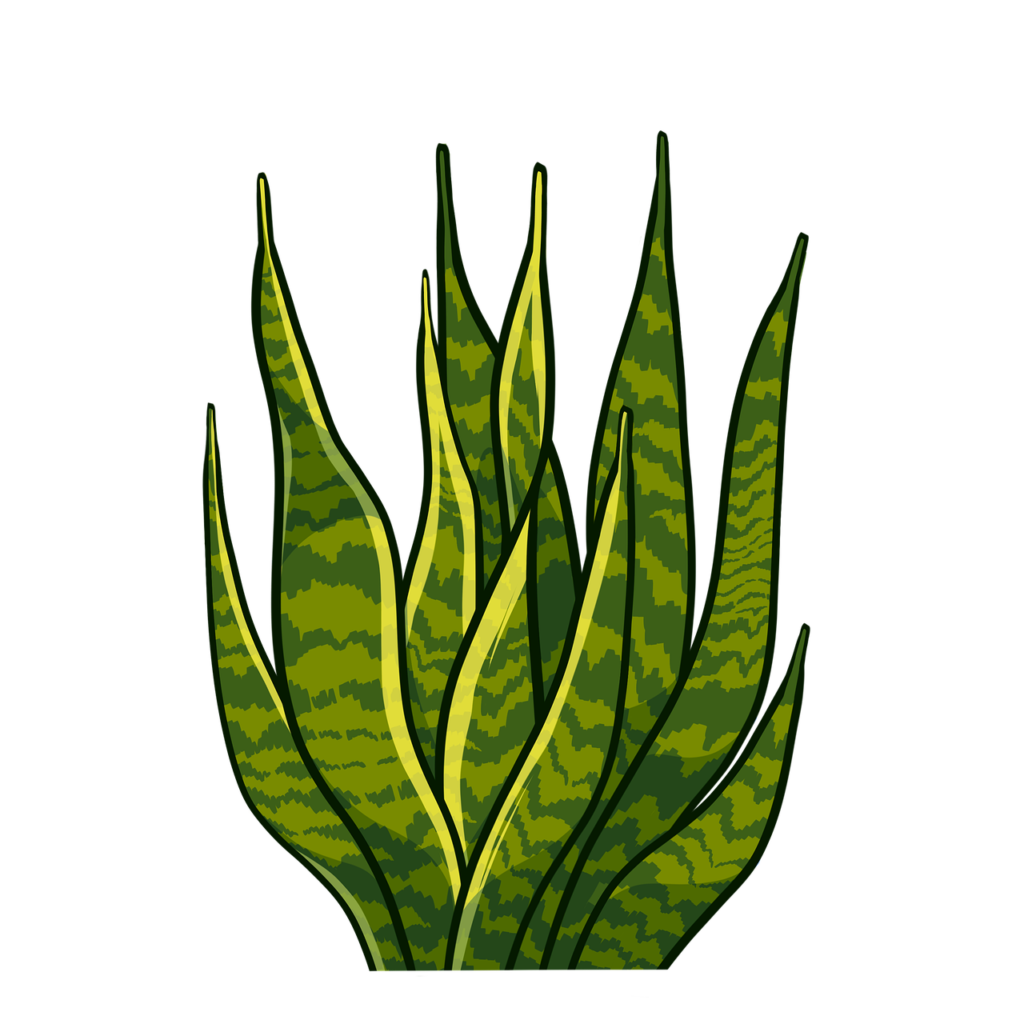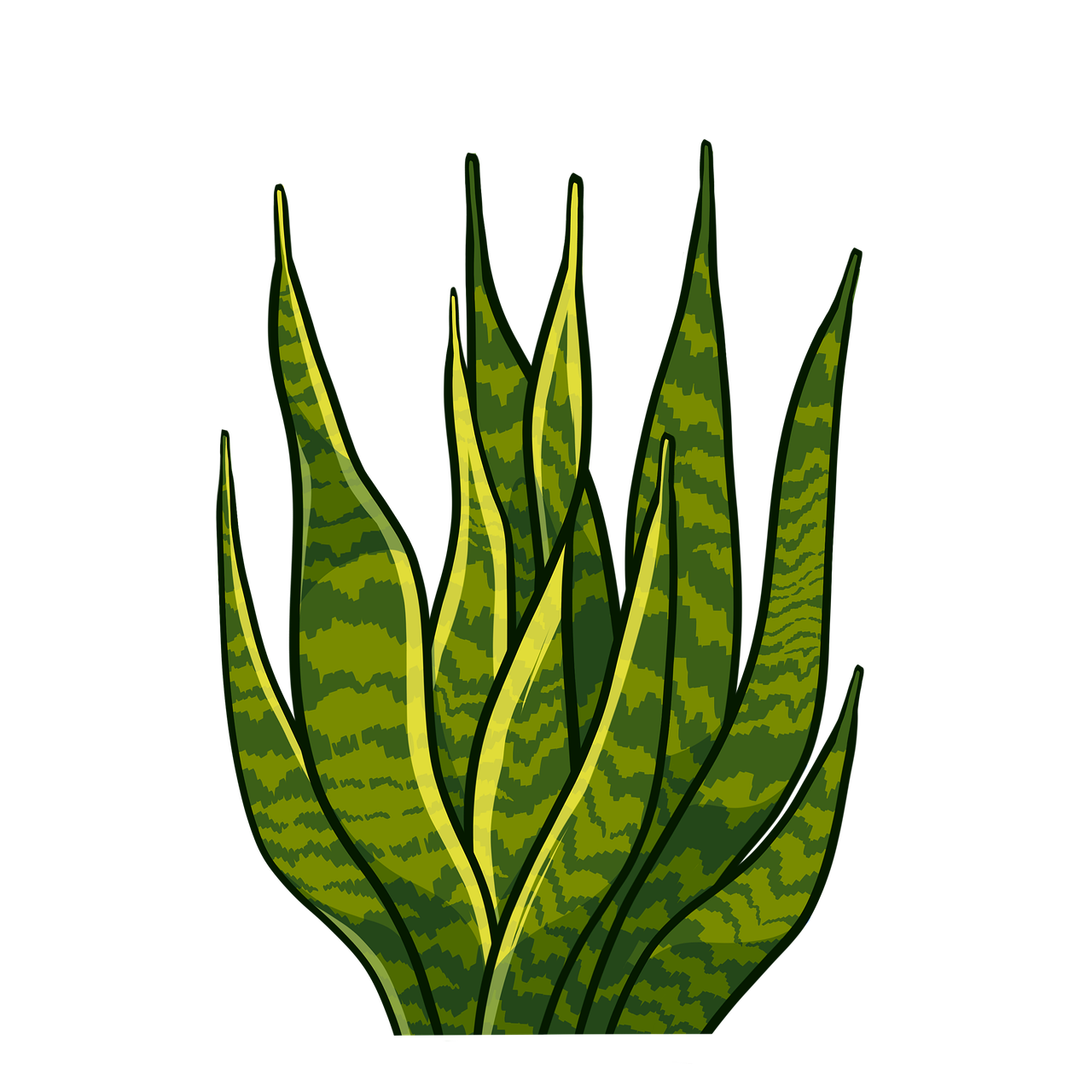Why are the leaves of my succulent splitting? Have you ever noticed the leaves of your succulent mysteriously splitting? Well, fret not, as we are here to shed some light on this intriguing phenomenon. Succulents, known for their unique beauty and ability to thrive in harsh conditions, can occasionally display split leaves. But why does this happen? In this article, we will explore the possible reasons behind the splitting leaves of your succulent and provide you with some helpful tips on how to prevent this issue from occurring in the first place. So, if you’re eager to unravel the secrets of your succulent’s splitting leaves, stay tuned!
Overwatering
Waterlogged soil
Overwatering is a common mistake that many succulent owners make. When you water your succulent too frequently or don’t allow the soil to properly dry out between waterings, you risk your plant’s roots becoming waterlogged. This means that the soil is saturated with water, leaving no room for oxygen. Without oxygen, the roots suffocate and begin to rot. Waterlogged soil is a serious issue and can quickly lead to the death of your succulent if not addressed promptly.
To prevent waterlogged soil, make sure you have well-draining soil specifically formulated for succulents. This type of soil allows excess water to flow out of the pot easily, preventing it from pooling at the bottom. Additionally, ensure that your succulent is potted in a container with drainage holes. These holes allow any excess water to escape, keeping the soil moisture level in check and preventing waterlogging.
Root rot
Root rot is a direct consequence of waterlogged soil. When the roots of your succulent remain submerged in water for an extended period, they start to decay due to a lack of oxygen and excess moisture. This rot spreads quickly, compromising the entire root system and making absorption of water and nutrients impossible for the plant. As a result, the leaves may begin to droop, turn yellow, or even fall off. If left untreated, root rot can be fatal for your succulent.
To address root rot, it is essential to catch it early. If you suspect your succulent is suffering from root rot, remove it from the soil immediately. Gently rinse off the roots under running water to remove any remaining rot and decay. Allow the roots to air dry for a day or two before repotting your succulent in fresh, well-draining soil. Be sure to cut away any rotten or discolored parts of the roots to prevent further spread of the rot. Additionally, adjust your watering schedule to ensure the soil has enough time to dry out between each watering session.
Underwatering
Lack of moisture
Underwatering your succulent is just as detrimental as overwatering. When plants do not receive enough water, they can become dehydrated and suffer from a lack of moisture. This can manifest in a variety of ways, including shriveled leaves or a wilted appearance. Underwatering succulents can lead to stunted growth, poor health, and even the death of the plant if not addressed promptly.
To ensure your succulent receives adequate moisture, monitor the soil moisture levels regularly. Stick your finger about an inch into the soil, and if it feels dry, it’s time to water. It’s important to note that succulents have unique water needs, and they thrive in a cycle of moisture and dryness. When watering, make sure to thoroughly saturate the soil, allowing excess water to flow out of the drainage holes. Allow the soil to completely dry out before watering again to avoid the risk of overwatering.
Dehydration
Dehydration occurs when a succulent does not receive enough water over an extended period. The lack of moisture leads to the plant losing its internal water reserve, which can cause the leaves to shrink, wilt, or develop brown spots. Severe dehydration can result in irreversible damage, often causing the leaves to split or crack.
To address dehydration in your succulent, it is crucial to provide a consistent watering schedule that meets the plant’s needs. Increase the frequency and amount of water during hot, dry spells or when the plant shows signs of dehydration. Additionally, consider placing your succulent in a location with higher humidity or employing methods such as misting to provide extra moisture. Regularly monitor your succulent’s leaves for any signs of dehydration to catch and address the issue promptly.

Sunburn
Direct sunlight
Succulents are known for their ability to thrive in bright, sunny conditions, but too much direct sunlight can lead to sunburn. When a succulent is exposed to intense, unfiltered sunlight for extended periods, the plant’s leaves can develop sunburn marks. These marks often appear as brown or yellow spots or patches on the leaves, and in severe cases, the leaves may become scorched and dry.
To protect your succulent from sunburn, provide it with the right amount of sunlight. While succulents need ample light to flourish, it’s important to strike a balance and avoid exposing them to harsh, direct sunlight during the hottest parts of the day. Gradually acclimate your succulent to direct sunlight by gradually increasing the exposure time over a few weeks. Consider providing some shade or using sheer curtains to filter the sunlight if your succulent is located in an area with intense sunlight. Monitoring your succulent for signs of sunburn and adjusting its light exposure accordingly will help keep its leaves healthy and intact.
Lack of acclimation
Another reason succulents may suffer from sunburn is a lack of acclimation. If you move your succulent from a low-light environment to full, direct sunlight abruptly, the leaves may become sunburned due to the sudden exposure. This is especially relevant if you purchase a succulent from a nursery or store where it has been grown in low-light conditions. The sudden change in light intensity can lead to stress and damage the leaves.
To acclimate your succulent to sunlight successfully, slowly increase its exposure to direct sunlight over a period of time. Start by placing your succulent in a location that receives partial sun or filtered light and gradually expose it to longer periods of direct sunlight. This process allows the plant to adapt to the increased light intensity, reducing the risk of sunburn. Taking the time to acclimate your succulent will help ensure healthy growth and vibrant leaves.
Physical Damage
Accidental injuries
Accidental injuries are a common cause of physical damage to succulents. Mishaps such as dropping the plant, knocking it over, or accidentally stepping on it can result in broken or split leaves. These injuries can leave your succulent vulnerable to infections and may hinder its overall health and appearance.
To prevent accidental injuries to your succulents, handle them with care. When moving or replanting your succulents, use gentle and deliberate movements to avoid causing any damage. Ensure that your succulents are placed in stable positions where they are less likely to be knocked over or stepped on. By taking precautions and being attentive, you can minimize the risk of accidental injuries and keep your succulents looking their best.
Insect or animal damage
Insects and animals can also cause physical damage to succulents. Common culprits include caterpillars, snails, slugs, and even household pets. These pests may chew on the leaves or stems, leaving visible marks or holes and potentially causing the leaves to split or break.
To protect your succulents from insect or animal damage, regularly inspect your plants for signs of pests. Look for unusual holes or chewed areas on the leaves, as well as evidence of insects or pests, such as caterpillars or snail trails. If you spot any pests, take appropriate measures to control their presence, such as using natural pest repellents or employing physical barriers like netting or fences to prevent animals from accessing your succulents. Promptly addressing pest infestations will help minimize physical damage and keep your succulents healthy and intact.

Age
Natural process
As succulents age, it is natural for their leaves to split or crack. As new growth occurs, the older leaves may lose their vitality and begin to show signs of wear and tear. This can result in the splitting or cracking of leaves, especially towards the base of the plant.
While leaf splitting due to age is a normal part of a succulent’s life cycle, it is essential to monitor the overall health of the plant. Ensure that new growth continues to occur and that the splitting is not accompanied by other signs of distress, such as yellowing or wilting. Regularly removing any dead or damaged leaves will help maintain the plant’s appearance and promote healthy growth.
Poor growth conditions
In addition to natural aging, poor growth conditions can contribute to the splitting of succulent leaves. Factors such as insufficient light, improper watering, or lack of essential nutrients can weaken the plant and make it more susceptible to leaf splitting. When a succulent does not receive the necessary resources for optimal growth, its leaves may become more fragile and prone to damage.
To prevent age-related leaf splitting caused by poor growth conditions, it is crucial to provide your succulent with the right environment. Ensure that it receives sufficient sunlight, appropriate watering, and a well-balanced diet of nutrients. Regularly monitor the health of your succulent and make adjustments to its care routine as needed to promote strong and healthy leaves.
Nutrient Deficiency
Lack of essential nutrients
Succulents, like all plants, require essential nutrients for proper growth and development. When a succulent lacks these essential nutrients, its leaves may show signs of distress, including splitting or cracking. Common nutrient deficiencies that can lead to leaf splitting include a lack of nitrogen, phosphorus, and potassium.
To prevent nutrient deficiencies and subsequent leaf splitting, provide your succulent with a well-balanced fertilizer specifically formulated for succulents. This will ensure that your plant receives the necessary nutrients to thrive. Follow the instructions on the fertilizer packaging carefully and avoid over-fertilizing, as this can lead to other complications. Regularly check for signs of nutrient deficiencies, such as yellowing or curling leaves, and adjust the fertilizer application as necessary.
Imbalanced soil pH
The pH level of the soil plays a vital role in nutrient availability for succulents. When the soil pH is too high or too low, it can disrupt the absorption of essential nutrients, leading to deficiencies and potential leaf splitting. Succulents generally thrive in slightly acidic to neutral pH levels.
To maintain a balanced soil pH, test the pH level of your soil regularly using a soil-testing kit. If the pH is imbalanced, you can adjust it by adding amendments such as sulfur or lime. Consult with a gardening expert or reference reliable sources to determine the appropriate amendments for your specific succulent species. By maintaining a suitable soil pH, you can ensure that your succulent receives the essential nutrients it needs for healthy leaf development.

Pest Infestation
Succulent pests
Succulent pests can cause significant damage to the leaves, leading to splitting or cracking. Common succulent pests include mealybugs, spider mites, scale insects, and aphids. These pests feed on the succulent’s sap, weakening the leaves and making them more susceptible to damage.
To prevent and manage succulent pests, regularly inspect your plants for signs of infestation. Look for visible pests, such as tiny insects or cotton-like clusters (indicative of mealybugs), as well as signs of damage, such as webbing or stippling on the leaves. If you detect an infestation, take immediate action to control the pests. Treatment options include using natural pest repellents, wiping the leaves with a mild soap solution, or introducing natural predators like ladybugs. Consistent monitoring and early intervention will help prevent pests from causing damage to your succulent’s leaves.
Harmful insects or mites
In addition to specific succulent pests, harmful insects or mites in the surrounding environment can also cause damage to succulent leaves. These insects or mites may chew on or feed on the leaves, leading to splitting, holes, or other forms of damage.
To protect your succulents from harmful insects or mites, regularly inspect the area where your plants are located. Check for signs of insect or mite activity, such as visible pests or evidence of damage on nearby plants. If you notice any harmful insects or mites, take appropriate measures to control their presence. This may involve the use of insecticides or employing physical barriers to prevent their access to your succulents. By proactively addressing harmful insects or mites, you can minimize leaf damage and ensure the health of your succulents.
Disease
Fungal or bacterial infection
Fungal or bacterial infections can significantly impact the health of succulent leaves, leading to splitting or cracking. These infections often occur when moisture levels are high and conditions are favorable for the growth and spread of pathogens. Common pathogens that can cause leaf splitting include fungi like Pythium and Phytophthora, as well as bacteria like Erwinia and Pseudomonas.
To prevent fungal or bacterial infections, it is crucial to maintain proper hygiene and environmental conditions for your succulents. Avoid overwatering and ensure that the soil has sufficient drainage to prevent excessive moisture accumulation. If you notice any signs of infection, such as discoloration, lesions, or strange growths on the leaves, promptly remove the affected leaves using clean and sterilized tools. Additionally, avoid contact with other infected plants and practice good sanitation practices to prevent the spread of pathogens.
Viral diseases
Viral diseases can also contribute to leaf splitting in succulents. These diseases are caused by various viruses that can infect the plant, leading to cellular damage and deformities. Viral diseases in succulents are often transmitted through contaminated tools, unsterilized pruning equipment, or insect vectors.
Preventing viral diseases in succulents involves maintaining a healthy and clean environment. Practice proper sanitation by regularly disinfecting your tools and equipment before and after use. Avoid using tools on multiple plants without sterilization to prevent the spread of viruses. Additionally, if you notice any signs of viral infection in your succulent, such as mosaic patterns, ring spots, or strangely shaped leaves, promptly isolate and remove the infected plant to prevent the spread to other healthy plants.
Genetic Factors
Inherent traits
Some succulents may naturally have leaves that are prone to splitting or cracking due to their inherent traits. Genetic factors play a role in the overall structure and characteristics of succulent leaves. Certain species or cultivars may have leaves that are more susceptible to damage, such as those with thin or delicate foliage.
While genetic factors cannot be changed, you can still provide the best care for your succulent to minimize leaf splitting. Ensure that environmental conditions, such as light, humidity, and watering, are optimal for the specific succulent species or cultivar. By focusing on providing the right conditions, you can help your succulent thrive despite any inherent leaf traits.
Genetic abnormalities
In some cases, genetic abnormalities or mutations can also contribute to leaf splitting in succulents. These abnormalities may affect leaf development and structure, making them more prone to damage or splitting.
While genetic abnormalities are uncommon, they may be observed in certain succulent varieties. Unless these abnormalities significantly impact the health or appearance of the plant, they are generally harmless and part of the plant’s unique characteristics. Regular monitoring and care of your succulent will help ensure its overall well-being, even if it exhibits genetic abnormalities that contribute to leaf splitting.
Environmental Stressors
Extreme temperatures
Extreme temperatures can be a stressor for succulents, and they may contribute to leaf splitting. Succulents are adapted to thrive in a range of temperatures, but excessively high or low temperatures can put a strain on the plant, causing damage to the leaves.
To protect your succulent from extreme temperature stress, be mindful of its specific temperature preferences. Most succulents prefer temperatures between 60°F (15°C) and 80°F (27°C), but specific species may have different temperature tolerances. If you live in an area with extreme temperatures, consider providing additional protection for your succulent, such as moving it indoors during heatwaves or using frost covers during cold spells. By managing the temperature conditions, you can minimize leaf splitting and ensure your succulent’s well-being.
Air pollution
Air pollution can also have a negative impact on succulent leaves, potentially leading to splitting or other forms of damage. Pollutants in the air, such as chemicals, dust, or heavy metals, can accumulate on the leaves and interfere with their normal functioning. This can weaken the leaves and make them more susceptible to splitting or cracking.
To mitigate the effects of air pollution on your succulent, it is best to provide a clean and well-ventilated environment. If you live in an area with high levels of air pollution, consider placing your succulent indoors, where the air quality can be better controlled. Regularly clean the leaves of your succulent, gently wiping away any accumulated dust or pollutants. Additionally, providing proper ventilation and air circulation can help minimize the impact of air pollution on your succulent’s leaves.
In conclusion, there are various factors that can contribute to the splitting of succulent leaves. Overwatering, underwatering, sunburn, physical damage, age, nutrient deficiency, pest infestation, disease, genetic factors, and environmental stressors can all play a role in causing leaf splitting. By understanding these factors and providing appropriate care, you can help your succulent maintain healthy and intact leaves. Regular monitoring, proper watering, suitable lighting, and proactive pest control will go a long way in ensuring the well-being and aesthetics of your succulent collection. Remember, with a little knowledge and care, your succulents can thrive and grace your space with their beautiful, unsplit leaves.


